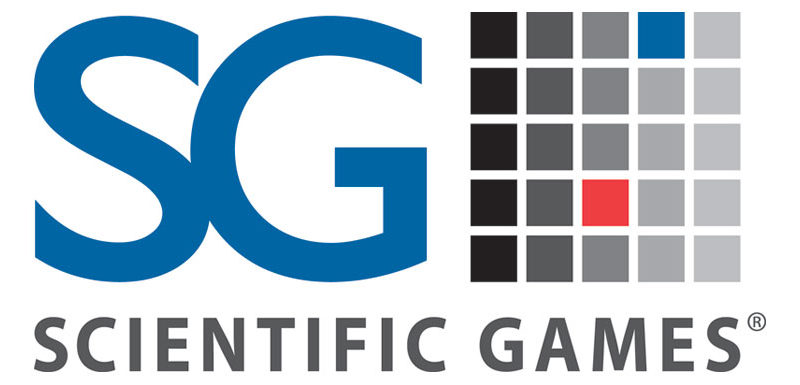Equities Analysts Issue Forecasts for Arcus Biosciences Inc’s FY2018 Earnings (RCUS)
Arcus Biosciences Inc (NYSE:RCUS) – Analysts at Wedbush increased their FY2018 earnings per share estimates for Arcus Biosciences in a research report issued on Tuesday, November 13th. Wedbush analyst R. Driscoll now forecasts that the company will post earnings per share of ($2.37) for the year, up from their prior forecast of ($2.53). Wedbush currently has a “Outperform” rating and a $22.00 target price on the stock. Wedbush also issued estimates for Arcus Biosciences’ Q1 2019 earnings at ($0.45) EPS, Q2 2019 earnings at ($0.47) EPS, Q3 2019 earnings at ($0.49) EPS, Q4 2019 earnings at ($0.51) EPS, FY2019 earnings at ($1.93) EPS, FY2020 earnings at ($2.15) EPS, FY2021 earnings at ($2.35) EPS and FY2022 earnings at ($1.95) EPS.




















